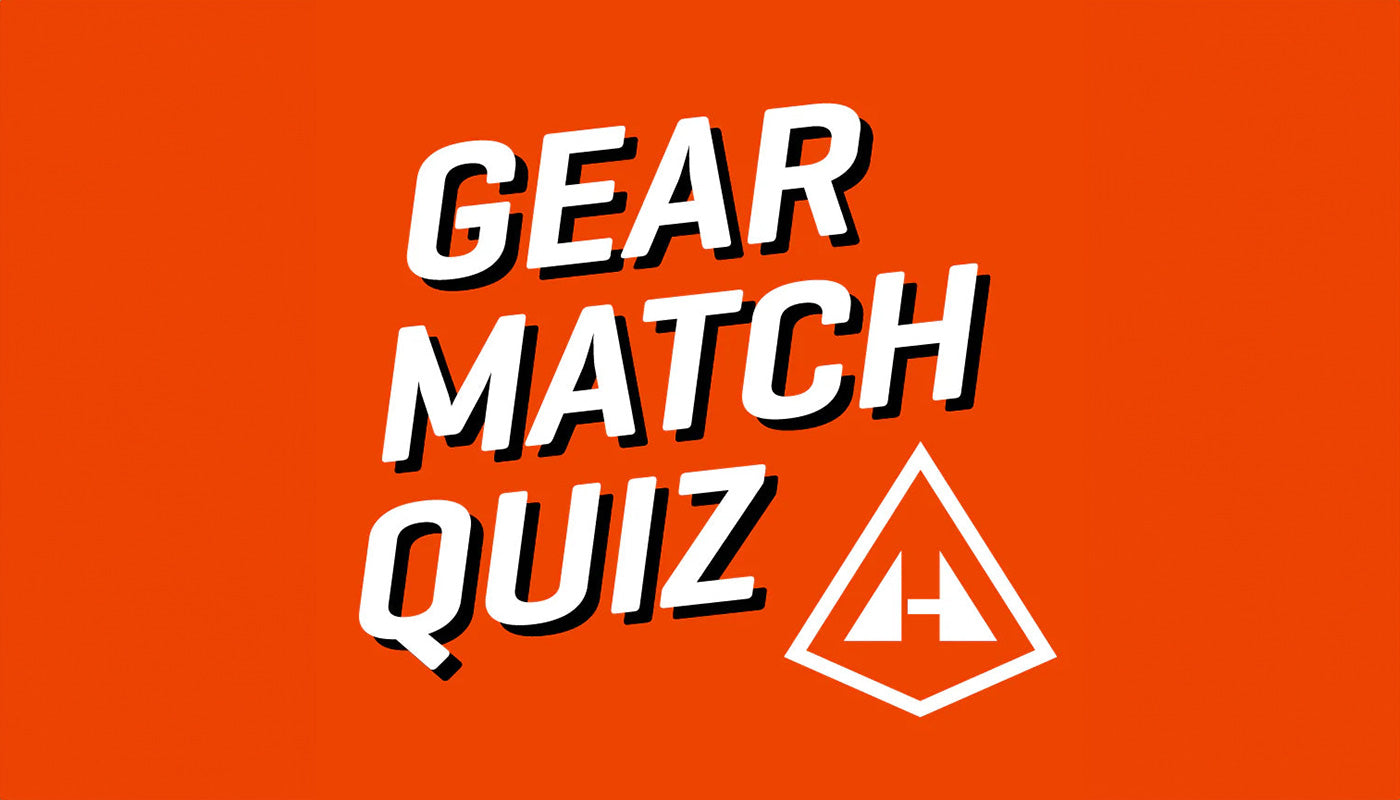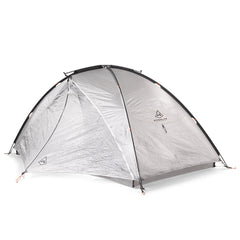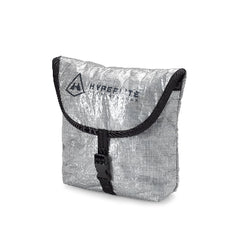IG - @alongthewaypoints
THE SHAKEDOWN 2.0 marches on with some familiar faces and some new contributors! Dive into what some of our favorite backpacking friends are carrying these days and why. There's sure to be some new advice, trail-earned best practices to share, and other tips and tricks to add to your own adventuring! Gear has obviously changed–it's one of the few constants we gearheads can rely on in this day and age–so let's see how it's worked its way into our contributor's packs. Here's a few tasty bits from one of our favorite, always-for-the-right-reasons nitpicky gearheads, Scott Nechemias.
COOK SYSTEMS
The Trail Designs Evernew 400 plus Sidewinder Ti Tri advertises itself as for the “fringe ultralighter”, and in the circumstances where it’s not required to be carrying a stove with an “off switch” there is no more efficient setup than using this combo with Esbit or other brands of hexamine. My personal favorite is the Coghlan fuel tablets that weigh .2oz, capable of making a cup of coffee or heating up 300ml for dinner.
In addition to having a “stove” and mug in a packable sub 3oz package, I eliminate canister weight and any special containers for fuel from my kit. Let’s say I have four nights to my next resupply: I’ll carry a little less than 2oz of fuel that will be completely consumed, and my entire setup will never even match the weight of a canister alone, not to mention the pot and stove used in a isobutane setup.
For reference, here is a 750ml Toaks with a canister and a BRS stove at the END of 5 nights of backpacking with a partner:

And here is the solo Trail Designs 400ml Esbit setup with enough fuel tucked in for 4 nights of backpacking:

And the weight will only go down as I hike, as the fuel is entirely consumable with no canister weight. In addition, I need less water in camp at night if I’m purposely choosing meals that require sub 400ml of water.

A Mid 1 on the Mogollon Rim in the fall, where water is hard to come by and dry camps are the norm.
SLEEPING PADS
For the height impaired among us, Therm-a-rest’s pad sizing gives a unique opportunity to shave a few ounces out of your kit with the Regular “Short” size of the Neo Air Xlite–66-inches long with 4.5 R value at the stellar weight of 11.5oz. I am actually two inches longer than this pad, but don’t sleep with my legs fully extended, and often just have my pack at my feet anyways so my toes don’t dangle. The durability of this pad allows me to take it to places where I’ve regularly murdered Uberlites (I’m looking at you, Arizona) and the peace of mind to go deep into shoulder season with a high R value.
Below is a women’s sized xlite next to a regular sized xtherm. Once you get past what I wear when I’m trapped in the house during an ice storm, ask yourself if five foot eight inches me needs a regular sized pad.

Another benefit besides weight to a properly sized pad: more space available in your tent. You could fill that space with a critter if one happens to be following you around the house waiting to go on a backpacking trip:

And solo, the threat of condensation on my gear is all but eliminated with a pad length sized to me, leaving a healthy amount of head and foot room:
























